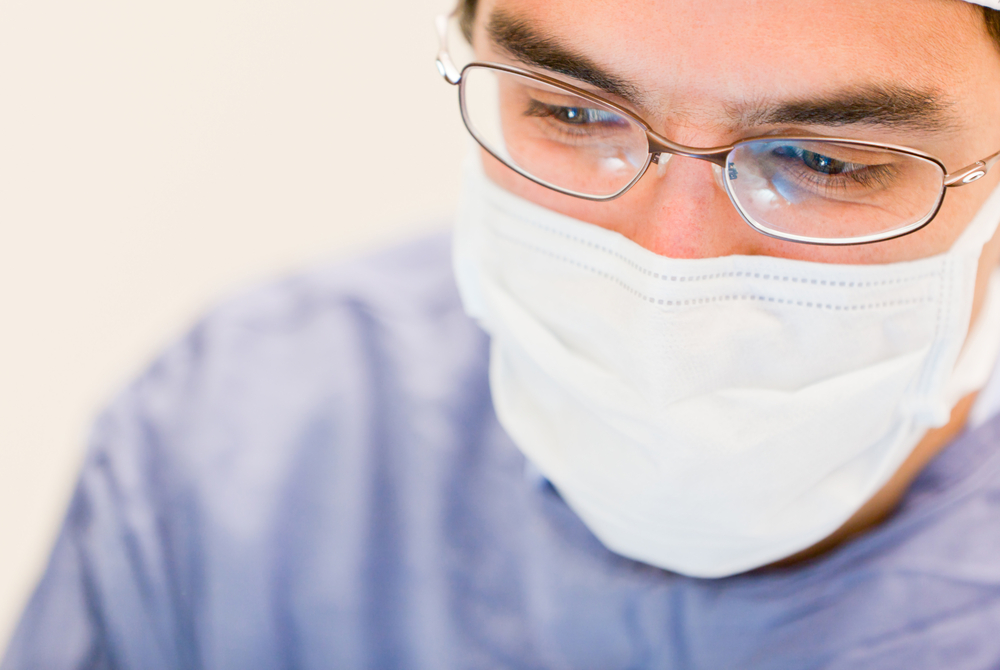Non-medical questions patients are asking about COVID-19
As COVID-19 takes over the news, chances are your patients have heard how to prevent it, what the symptoms are, and what to do if they get sick. But there’s many other unanswered questions your patients may have about COVID-19.
What food can they prepare when they can’t leave the house for groceries? How do they properly clean and disinfect their home? How do they talk to their children about what’s going on? Read on to learn the answers to these questions and more that you can share with your patients.
Getting and keeping the household ready for COVID-19
The best way to prepare for COVID-19 is to create a plan of action for one's household addressing everyday prevention. The CDC advises on how to respond to the threat of an outbreak, how to react when one occurs in your area, and what to do when the outbreak has passed. The most important aspects of this planning involve prevention, and how families can protect themselves from the disease as well as help their community. For more information, click here.
How to clean and disinfect the home
If your patients suspect or have confirmed that COVID-19 is in their home, they’ll need to routinely and thoroughly clean and disinfect all frequently-touched surfaces such as doorknobs, light switches, faucets, and other objects. Cleaning refers to removing germs from surfaces, whereas disinfecting refers to killing them. Both are important to prevent the spread of disease, including COVID-19. The CDC provides information on good cleaning products and methods for your patients to get rid of COVID-19 in their home, as well as how to do laundry and wash their hands. For more information, click here.
How to properly wash your hands
By now, your patients have likely heard many times that hand-washing is extremely important in preventing COVID-19. But they may not know the correct method of hand-washing or what product to use. The CDC offers a whole section of their website dedicated to when and how to wash one's hands, including a short video demonstrating what to do and sharing the most important details. For more information, click here.
How to talk to children about COVID-19
If your patients have children, they may be unsure of how to talk to them about COVID-19. The CDC advises how much people should tell their children, how they should tell them, and how to break down the complex issue of the disease in a way that children can understand. It’s important for your patients to be calm and informed when they speak to their children to keep them calm and informed as well. For more information, click here.
How to prepare food without leaving the house
When practicing self-quarantine and social distancing, your patients may not want to go grocery shopping and risk contracting COVID-19. If they weren’t able to prepare beforehand, they may not know what kinds of meals they can make with the food they have available. We found a list of recipes that can be made with pantry and refrigerator staples they likely already have, like rice, canned tomatoes, eggs, bread, and more. For more information, click here.
In addition. The Hill reports that noncontact food delivery is gaining popularity in the US in light of the threat COVID-19 poses. Noncontact delivery means that items are delivered without the person ordering having to interact with the person delivering, keeping both people safe from any potential sickness. Delivery services like Postmates and some restaurants have implemented this option, and thus are good options for getting food delivered if your patients end up needing it. For more information, click here.
